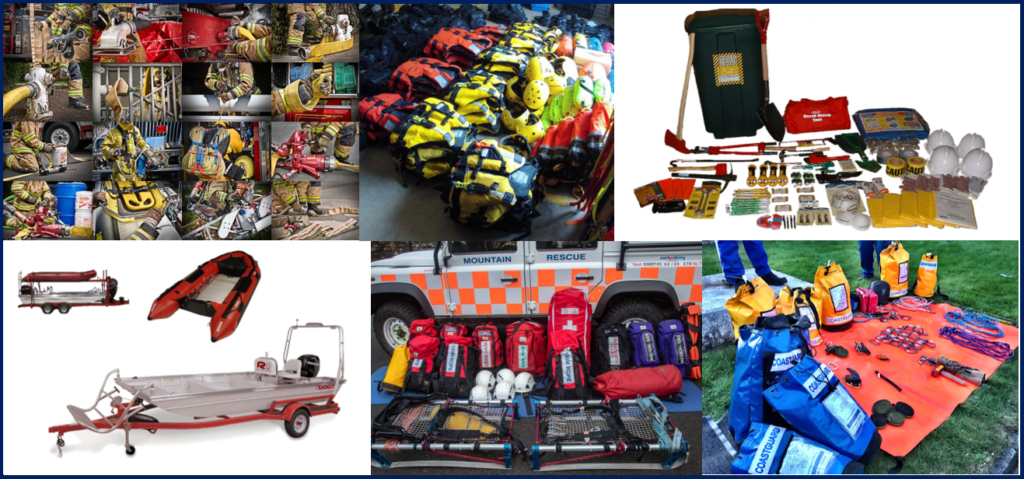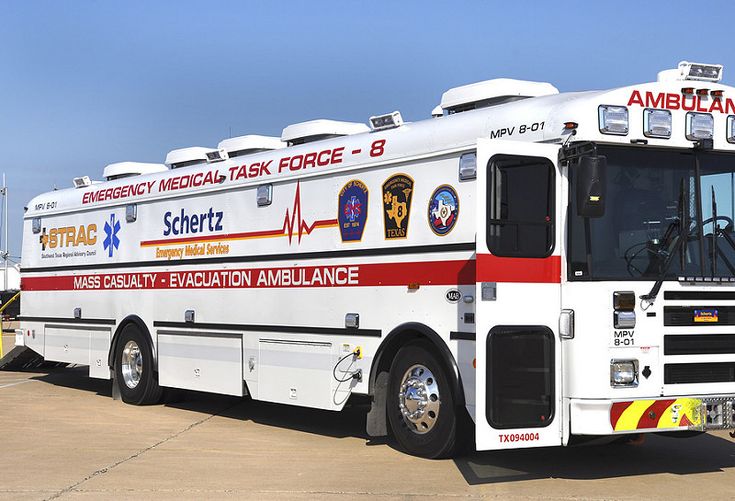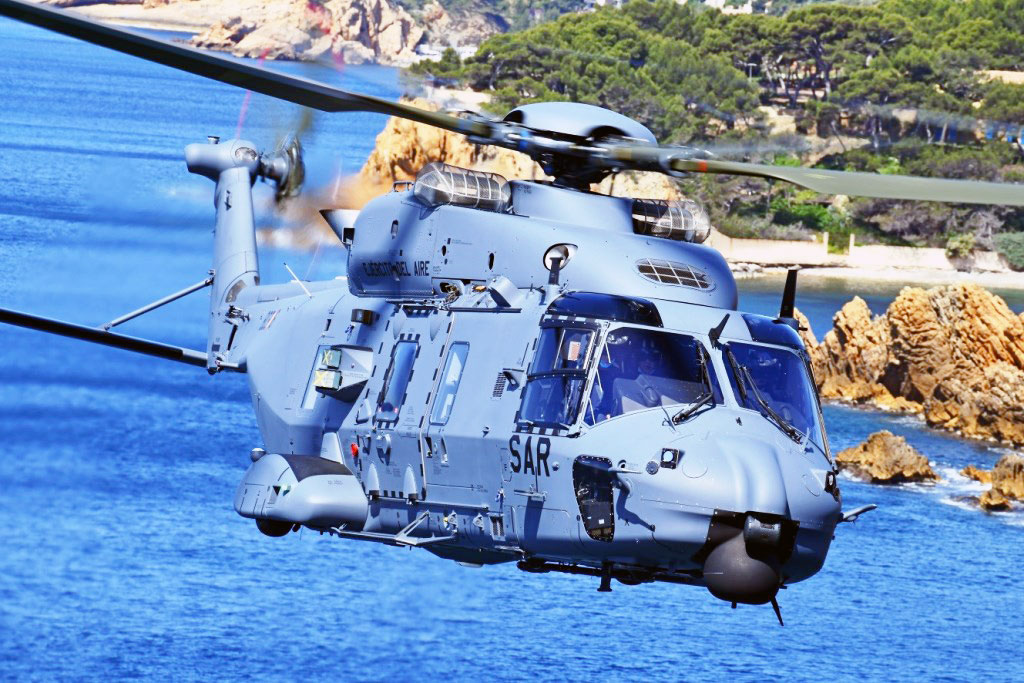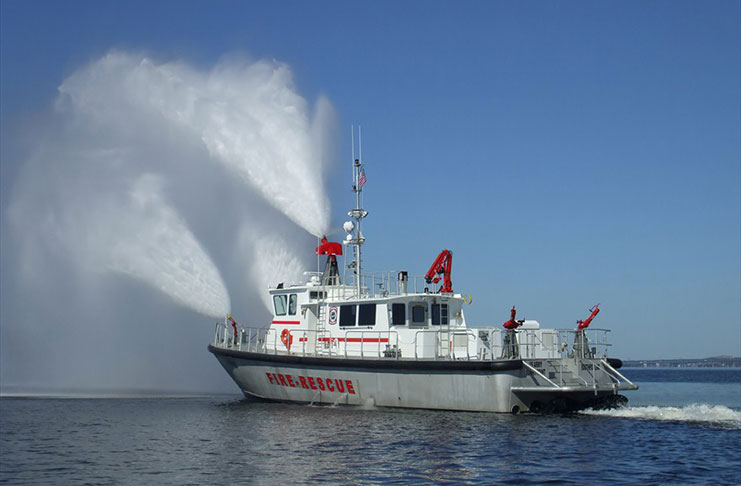Rescue teams are highly trained Police Rescue squads, Firefighters, State Emergency Services, Surf Life Saving teams, Country and Ocean rescue specialists, who work in the most hazardous of conditions to protect and survive the affected citizens.

What Do They Do?
Their primary purpose is to extricate injured people trapped in vehicles, buildings, waterways, oceans and the many aspects of the wilderness, render first aid or recover the dead. Rescuers are trained in all facets of rescue ranging from burning houses to multi storied buildings, vehicle, ships and pleasure craft and they may have some of latest state-of-the-art equipment or they may have to improvise with anything they can find. Rescuers spend countless hours training in all aspects of disaster management, equipment use and maintenance,
State Emergency Service teams provide additional recovery work ensuring people in partially damaged houses and buildings have a variety of backup services such as power generation, water and food supplies, sewerage facilities until better equipped recovery teams can restore all the required human services.
Surf and waterway Life Saving Teams are an essential service on the thousands of ocean beaches, rivers and lakes where highly proficient swimming and water rescue techniques are required. Their rescues can be in some of the most extreme water and weather conditions. Their training includes the use of equipment, provision of first aid and recovery of property.
Wilderness and Ocean Rescue teams have very unique skillsets ranging from ship to ship and ocean extractions, to caving and mountain rescues.
Civil Defence who are 100% volunteers generally living in the area and are a combination of all the above, they provide all sorts of services according their specialities and are an excellent backup for traffic and evacuation management, debris removal, catering, engineering, and a wide range of provisioning and communications.
What Do They Use?
Rescue personnel require PPE (Personal Protective Equipment) to keep themselves safe before they can ensure our safety. Keeping stocked with heavy duty uniforms, coveralls, gloves, glasses, and masks is only the start. Rescuers require protective boots and footwear which can provide support for long hazardous conditions and trekking through wilderness environments.
Ruggedized rescue and medical equipment, vehicles and plant are usually heavy, complex and expensive items to transport or lug around . These require storage, maintenance workshops, tools and replacement parts and accessories. Due to the hazardous conditions some items are lost, destroyed or severely damage and can be out of circulation for some time awaiting repairs.
As most teams carry out patient extractions after their arrival on scene, vehicles are fitted with cutting equipment, compressors, generators and a wide range of accessories, ropes, pullies etc. at the end of the rescue patients are handed over the paramedics who then use their equipment to sustain life. (see the page on Paramedics)
What Do They Need?
In most locations, current Rescue regions/zones are determined by local population or recreational attributes . This means that in urban areas we can muster a range of capabilities from many different services however in Country/rural area vehicles need to be more robust and larger to carry a full range of emergency equipment. Access to additional equipment can be almost impossible or very untimely
At First Responders Community we believe in saving lives by keeping road, water, and sky teams well stocked with state-of-the-art equipment. You can help rescuers by getting involved in our projects and providing the equipment they need to care for your family and community. You can also help rescue teams by lending a hand and growing our First Responders Community and Civil Defence Network.



